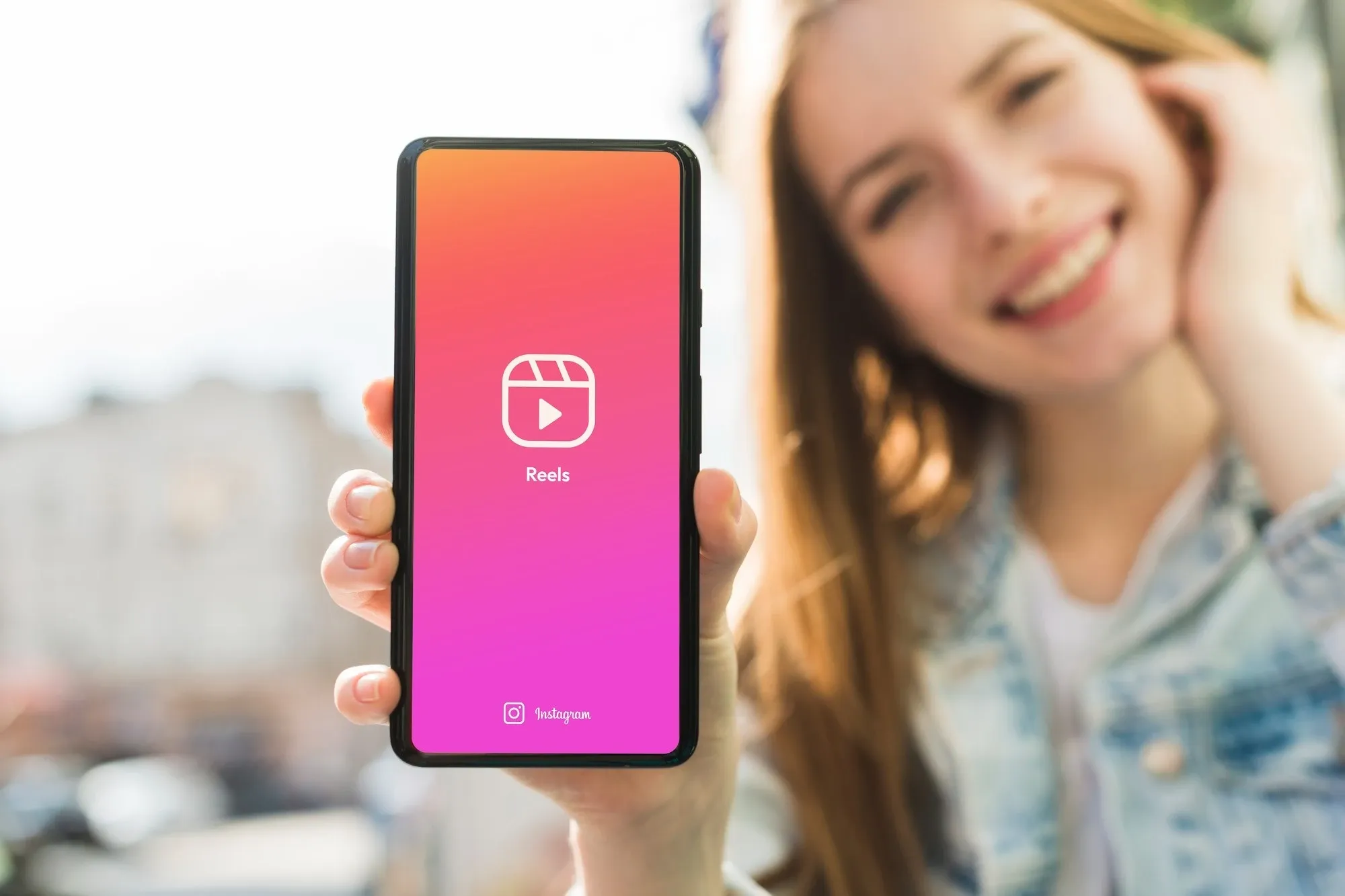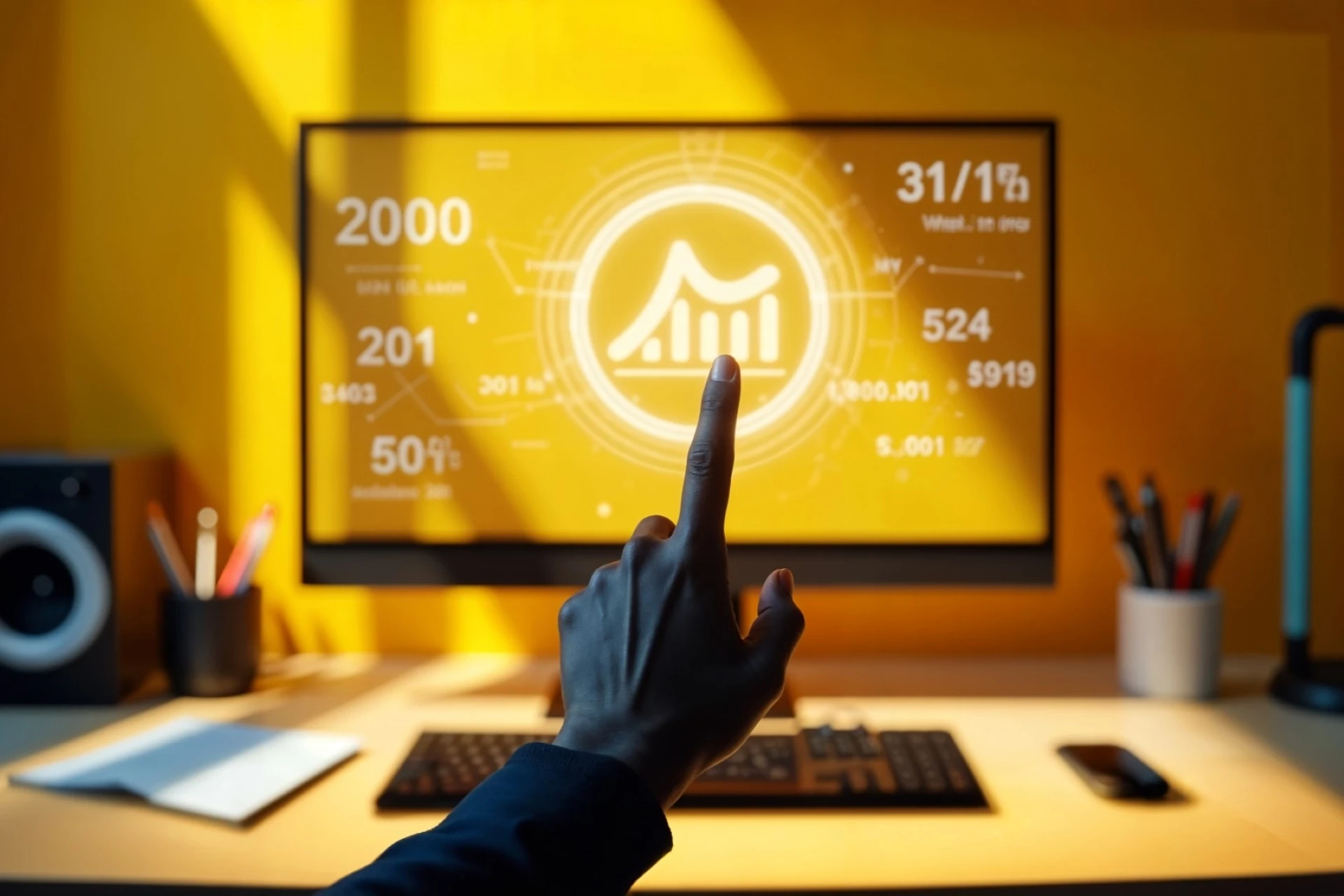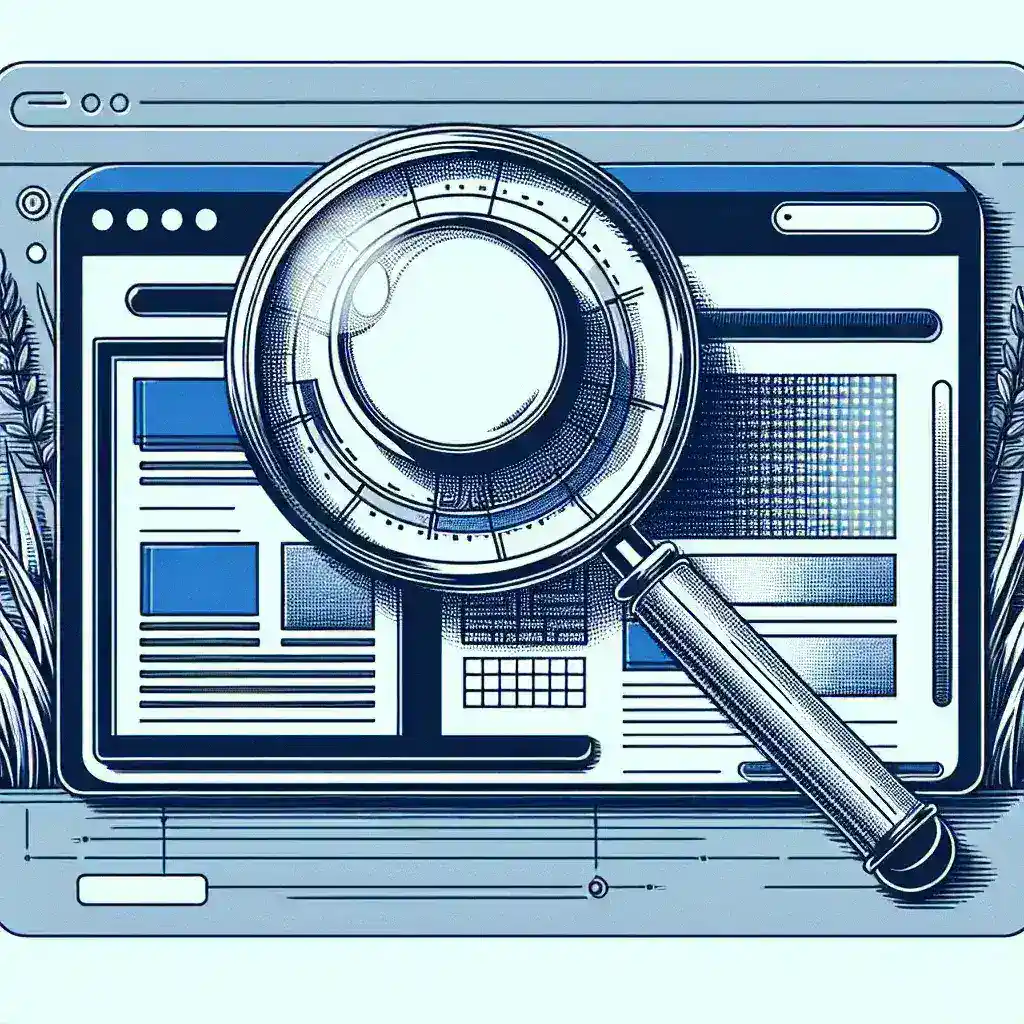The art market has always been a dynamic space, evolving with technology, culture, and societal changes. In recent years, one of the most significant forces shaking things up is artificial intelligence (AI). But how exactly is AI changing the game for artists, collectors, and galleries? Buckle up as we dive into this fascinating intersection of art and technology!
Understanding AI in the Art World
What Is AI?
Artificial Intelligence refers to the simulation of human intelligence processes by machines, especially computer systems. This encompasses a range of functions, including learning, reasoning, problem-solving, and self-correction. In the context of the art market, we primarily focus on AI’s ability to analyze vast datasets, generate creative artwork, and predict market trends, which together facilitate a transformative experience for all stakeholders involved.
AI is not a singular entity; instead, it encompasses various technologies, such as machine learning, natural language processing, and neural networks. These tools enable computers to learn from data and make informed decisions or create novel outputs. For example, a machine learning algorithm can analyze thousands of paintings to identify patterns in color, brush strokes, and styles, allowing it to generate new art pieces that mimic or combine these elements. This capacity for data analysis and creative generation opens exciting possibilities within the art market.
The Intersection of Art and Technology
Traditionally, art has been viewed as a purely human endeavor—a canvas of emotions, creativity, and expression. However, as technology advances, we see a growing collaboration between artists and AI. This partnership creates new forms of art, changes how we buy and sell art, and even alters the very definition of what art can be. The blending of creativity and technology raises intriguing questions about authorship, originality, and the role of the artist in the 21st century.
This intersection also fosters an environment where artists can leverage technology to enhance their creative processes. For instance, AI can assist in brainstorming ideas, experimenting with new styles, or even generating compositions that artists can refine. The collaborative nature of AI art-making invites a broader range of creators into the fold, pushing the boundaries of what art can be and who can create it.
How AI is Transforming Art Creation
| Aspect | Description |
| Generative Art | Artworks created using autonomous systems, involving algorithms and AI. Artists input specific parameters into an AI program, allowing it to generate thousands of variations. This approach enhances the creative process and introduces unpredictability. The artist’s role shifts from sole creator to facilitator, blurring the lines between human creativity and machine-generated content. |
| AI-Generated Artwork | Systems like AICAN and DeepArt analyze thousands of artworks to generate new pieces. AICAN has produced unique artworks mimicking renowned styles, demonstrating an understanding of artistic principles. The auction of “Edmond de Belamy” for $432,500 raises questions about AI as an artist, highlighting debates about emotional depth and the nature of creativity in art. |
| Personalization of Art | AI analyzes personal preferences to create customized artworks, reflecting individuals’ personalities, favorite colors, and styles. This personalization fosters deeper connections between the artist, artwork, and audience. AI can incorporate sentimental values and personal stories, catering to modern art buyers who seek unique and meaningful experiences. |
AI’s Role in the Art Market
- Predicting Trends and Pricing
AI can analyze vast amounts of data, helping galleries and collectors predict trends and set prices effectively. By examining previous sales data, current market conditions, and buyer preferences, AI provides insights that were previously unavailable. For instance, if an AI system notes a rise in demand for abstract art, galleries can adjust their acquisitions accordingly, potentially maximizing profit. This predictive capability allows stakeholders to make informed decisions, minimizing risks associated with art investment.
Moreover, AI’s data-driven insights can help identify emerging artists and styles, enabling galleries to capitalize on trends before they become mainstream. This ability to forecast market dynamics is invaluable in an ever-changing art landscape, where timing and intuition often dictate success.
· Enhanced Curation
Imagine walking into a gallery where the exhibits dynamically change based on your interests. AI can assist curators by analyzing visitor data to optimize exhibitions, enhancing the viewer experience. Some galleries utilize AI to create personalized art recommendations for visitors, making the experience more engaging and interactive.
The potential for AI to enhance curation is vast. By understanding visitor preferences and behaviors, galleries can tailor their exhibitions to maximize engagement and satisfaction. This data-driven approach leads to more effective communication of artistic themes and narratives, fostering a deeper appreciation for the works on display.
· Authentication and Provenance
Authentication remains a significant concern in the art market. AI can analyze brush strokes, materials, and other characteristics to help verify whether a piece is genuine. AI systems compare new pieces with verified artworks, providing data-driven insights that can help identify forgeries and enhance trust in the art being sold. This technological advancement is crucial for maintaining the integrity of the art market and protecting buyers and sellers alike.
The integration of AI into authentication processes not only streamlines verification but also introduces a new level of accuracy. By employing advanced algorithms and machine learning techniques, art professionals can gain a deeper understanding of an artwork’s origins and authenticity, thus mitigating the risk of fraud.
The Changing Landscape for Artists
Democratization of Art
AI is making art creation more accessible than ever before. Tools like Runway ML and Artbreeder allow anyone, regardless of skill level, to create stunning visuals. These platforms often have intuitive designs, enabling users to experiment and express their creativity without needing extensive technical knowledge. This democratization of art creation empowers a diverse range of voices and perspectives to enter the art world.
- The rise of user-friendly AI tools encourages collaboration and cross-pollination of ideas among artists and non-artists alike. As more individuals engage with these technologies, we can anticipate a broader spectrum of artistic expression, leading to innovative movements and styles.
Collaboration Between Artists and AI
Many artists are embracing AI as a collaborator rather than a competitor. This partnership opens new avenues for creativity and innovation. Artists can experiment with styles and techniques they may not have considered, significantly expanding their artistic horizons. By utilizing AI as a tool, artists can push the boundaries of their creativity and explore uncharted territory.
- Collaboration with AI also allows artists to focus on conceptual aspects of their work while delegating technical tasks to the machine. This division of labor frees artists to delve deeper into their ideas, enhancing the overall quality of their work.
Evolving Artistic Definitions
As AI-generated pieces gain recognition, the definition of art is shifting. The question arises: Can a computer be considered an artist? This philosophical debate stirs discussions among critics, artists, and audiences alike. The integration of AI challenges traditional notions of creativity and authorship, prompting a reevaluation of what constitutes art.
- This evolution in artistic definitions raises questions about originality, copyright, and the role of the artist. As AI-generated works gain prominence, society must confront these complex issues and redefine its understanding of creativity and authorship in the digital age.
The Market Response to AI Art
1. Acceptance and Critique
The acceptance of AI art varies widely among collectors and critics. Some embrace it for its innovative qualities, while others remain skeptical about its emotional depth. Critics praise AI art for its ability to challenge the status quo, seeing it as a valuable addition to contemporary art. Conversely, some argue that AI lacks the emotional depth and intent that human artists bring to their work.
The dialogue surrounding AI art often emphasizes the importance of context and intention in artistic creation. Supporters advocate for the recognition of AI as a legitimate artistic medium, while skeptics call for a return to traditional methods and human-centric approaches.
2. New Revenue Streams
AI art is opening up new revenue streams for artists and galleries. From digital prints to NFT sales, the opportunities for monetization are expanding. The rise of non-fungible tokens has created a platform where AI-generated art can be sold for significant sums, often reaching six-figure price tags. This new avenue allows artists to reach a global audience, broadening their market potential.
Moreover, the integration of AI into the art market fosters a unique collector experience. Buyers can engage with AI-generated art in innovative ways, from participating in interactive installations to owning dynamic artworks that evolve over time. This engagement creates a new sense of value and connection between collectors and the art they acquire.
Future Prospects for AI in the Art Market
Continuous Evolution
As technology continues to advance, the relationship between AI and art will likely deepen. Emerging technologies like augmented reality (AR) and virtual reality (VR) may further transform how we experience art. Imagine attending an AI-curated exhibition where the art adapts in real-time based on audience reactions. Such immersive experiences can revolutionize the way we engage with art, enhancing emotional connections and fostering a deeper appreciation for the creative process.
The future of AI in the art market holds the promise of expanding boundaries and exploring new dimensions of creativity. As artists and technologists collaborate, we can expect to witness groundbreaking innovations that challenge our perceptions of art and its role in society.
Ethical Considerations
As AI becomes more integrated into the art world, ethical questions arise. Issues surrounding copyright, ownership, and the role of AI in creative expression must be addressed to navigate this new landscape responsibly. The complexities of AI-generated content necessitate discussions about intellectual property rights and the responsibilities of artists and technologists alike.
Addressing these ethical considerations will require collaboration among artists, technologists, and legal experts. Open dialogues about authorship, representation, and cultural implications will be essential in shaping the future of AI in the art market.
The Role of Education
Art institutions are beginning to integrate AI into their curricula, equipping future artists with the skills to navigate this new landscape. Understanding how to work with AI tools will be crucial for the next generation of artists, preparing them for a rapidly changing environment. Educational programs that emphasize interdisciplinary collaboration will foster a new breed of artists who are adept at blending creativity with technology.
As the art world continues to evolve, educational institutions must adapt their curricula to reflect the changing dynamics of artistic creation. By embracing AI and technology as integral components of artistic practice, future artists will be well-equipped to thrive in an increasingly digital world.




